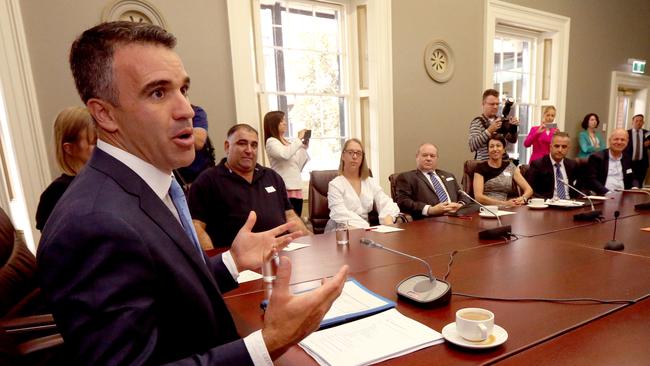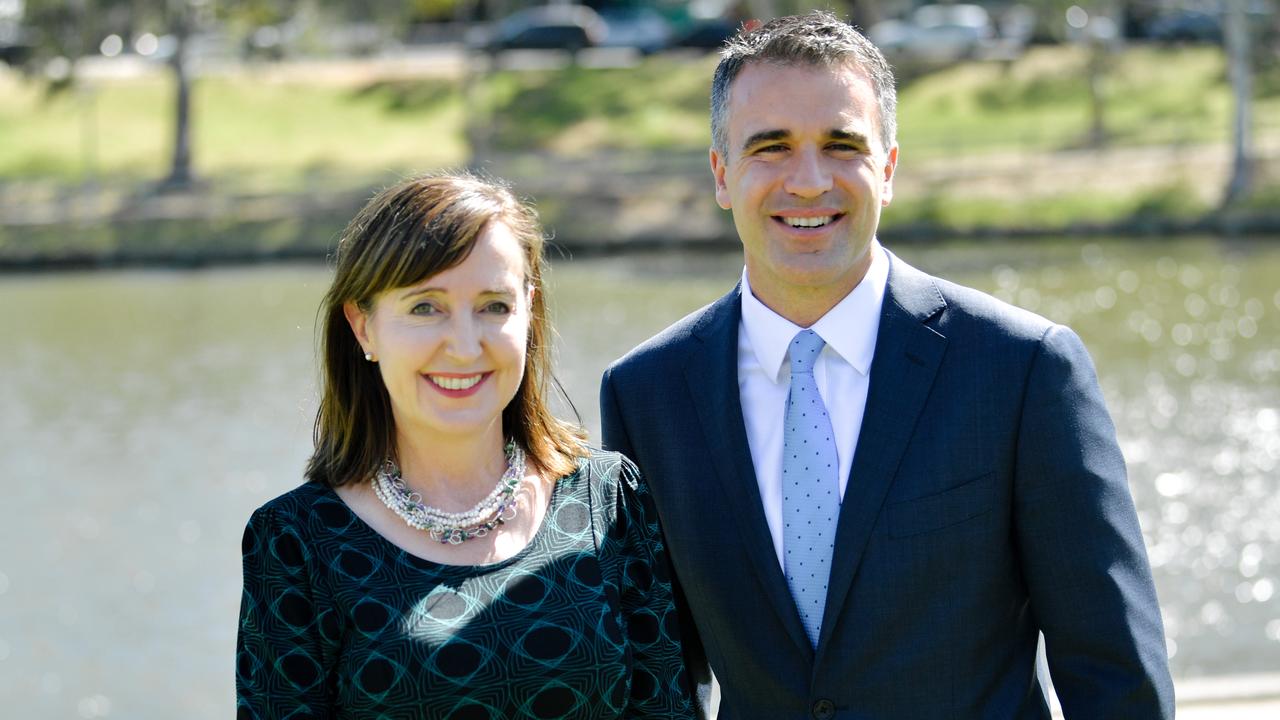SA Election 2018: ‘Complete madness’ — Liberals react to Premier Jay Weatherill’s huge renewable energy target
OPPOSITION leader Steven Marshall has labelled Premier Jay Weatherill an “energy fraud” this morning, slamming the State Government’s new renewable energy target.
SA 2018
Don't miss out on the headlines from SA 2018. Followed categories will be added to My News.
- Jay Weatherill sets new renewable energy target
- South Australian heatwave sparks push for national energy plan
- SA power grid costing millions of dollars to ensure stable supply of electricity
- Soaring heat across SA prompts energy warning
- South Australia most at risk of summer blackouts, AEMO report reveals
OPPOSITION Leader Steven Marshall has labelled Premier Jay Weatherill an “energy fraud” this morning, slamming the State Government’s new renewable energy plan.
Federal Energy Minister Josh Frydenberg has echoed Mr Marshall’s disapproval, saying the target is “complete madness”.
But SA Best leader Nick Xenophon said he was open to supporting the plan and would release his energy policy “today or tomorrow”.
Mr Marshall told The Advertiser he believed the State Government’s target, of 75 per cent renewable energy by 2025, would only lead to higher prices at a time when South Australians were crying out for cost of living bill relief.
“(The Labor Party) have reverted to the lazy option of increasing the renewable energy target - that’s not a policy, it’s a recipe for higher prices in this state,” he said.
“South Australians are sick of sky high prices and under Labor’s plan, prices will increase even more.”
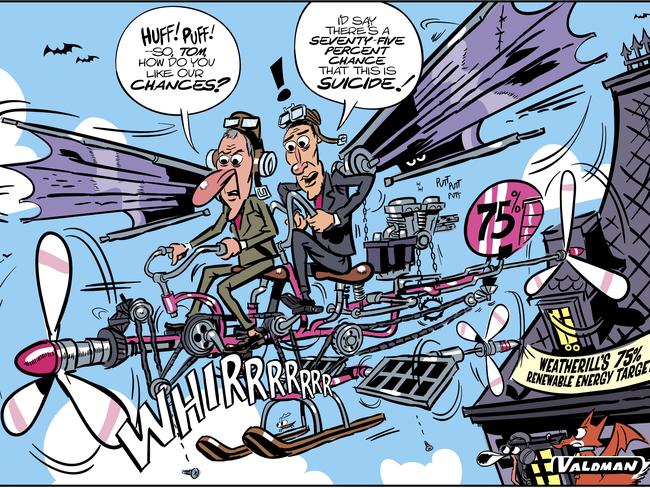
Mr Marshall also heavily criticized the fact Mr Weatherill “provided no independent assessment” of how the target will be reached.
“The Premier is an energy fraud,” he said.
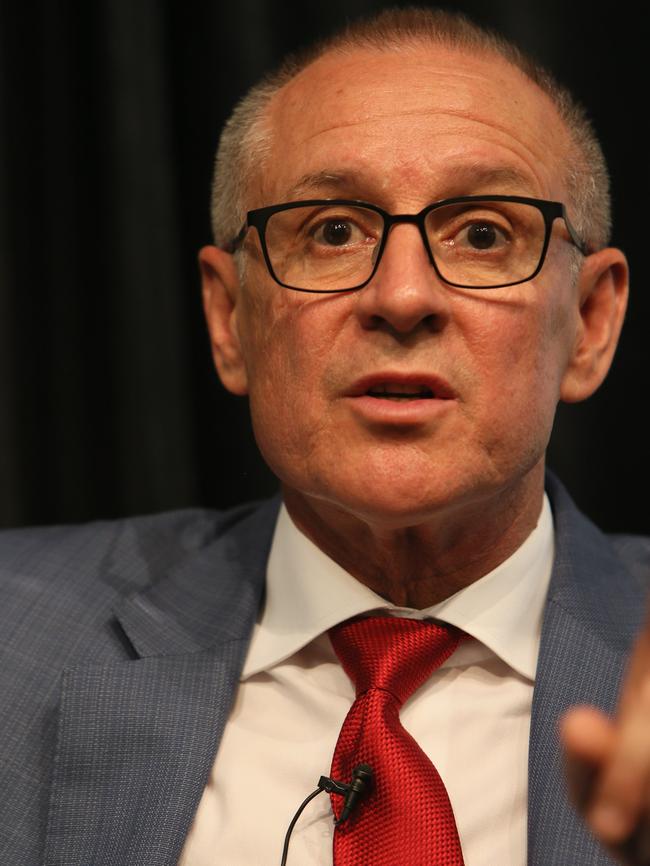
“He’s claimed for years prices will come down (but) every time South Australians go to the letterbox and opens a bill they are shocked with the massive increases that we’re now experiencing under Jay Weatherill and (Energy Minister) Tom Koutsantonis.”
Instead, Mr Marshall said the Liberal Party believed in “a single, national renewable energy target”.
If elected, Mr Marshall has promised to abolish any state renewable energy target.
The Liberal Party power plan has promised household electricity bill savings of $302 a year and includes more interconnectors to other states and dumping the state-owned power station.
The plan includes a $200 million “interconnection fund” to promote the building of new infrastructure links to other states.
Mr Marshall has previously told The Advertiser the $302 bill cut was “locked in” and “every single household” would save.
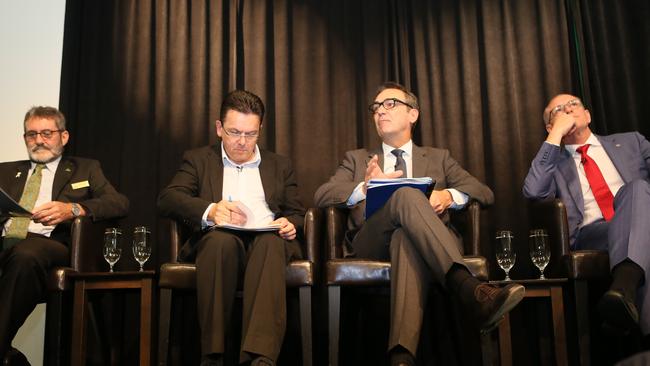
Mr Xenophon said Labor’s target was “ambitious” but said he was open to supporting the plan if it meant lowering power prices and securing reliable energy for the state.
“We need to see the modelling, how it’s backed back and the impact it would have on prices,” he said.
Mr Xenophon said SA Best would reveal its energy plan either “today or tomorrow”.
Federal Energy Minister Josh Frydenberg said the renewable energy target was “complete madness”.
“He (Weatherill) is like a problem gambler, doubling down to chase his losses,” he said.
“South Australia already has the highest prices and the least stable electricity system in the country and the SA Labor Government wants to make it worse.”
Mr Frydenberg said “there has been statewide blackouts and household electricity bills have increased by some $500” since Mr Weatherill introduced his 50 per cent renewable energy target in 2014.
Mr Frydenberg said an independent analysis by the Grattan Institute previously said state-based renewable energy targets were “uncoordinated, unilateral state actions are likely to lead to higher prices and greater uncertainty about security of supply across the nation”.
Grattan Institute energy program director Tony Wood said he could understand why states had set their own targets in the absence of a national plan.
He said, however, state targets were unlikely to make a significant impact on national carbon emissions targets
“It might actually lead to some states doing all the reductions while others do nothing,” he said.
“You could then end up with a situation where it makes more sense to have a solar farm in Queensland, for example, but instead they’re being built in Victoria because that state was putting money into projects. It’s not efficiently and likely wouldn’t result in the lowest cost option.
Mr Weatherill will hold a press conference this morning about Labor’s new renewable energy target.

